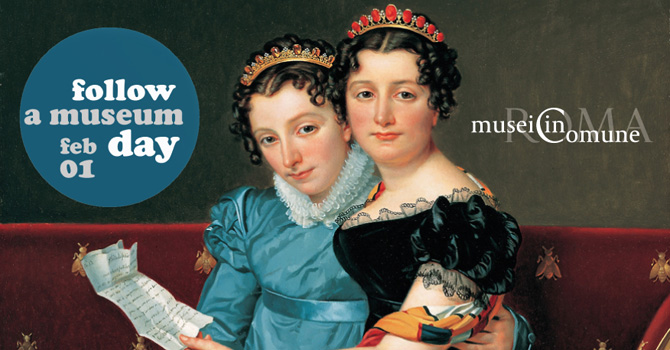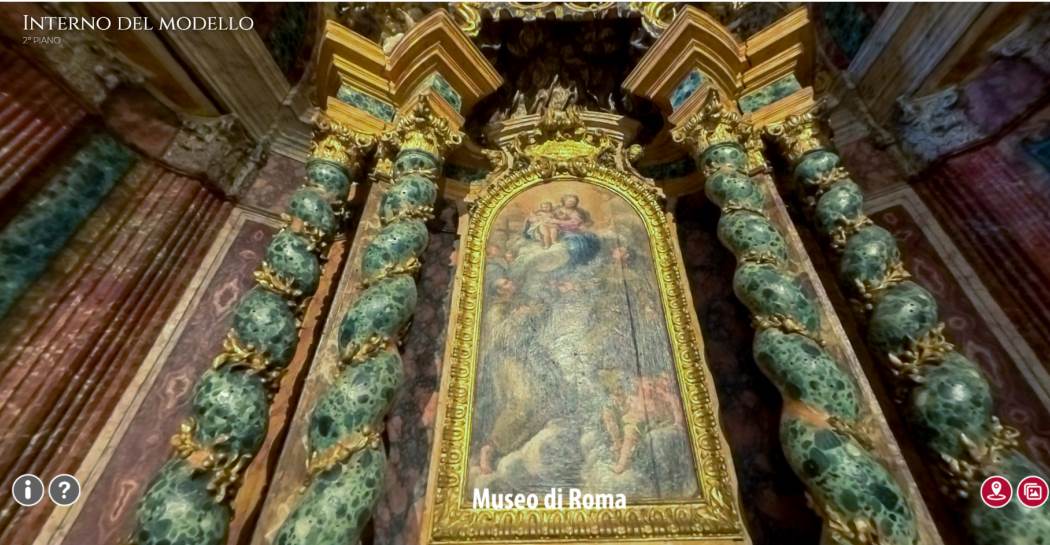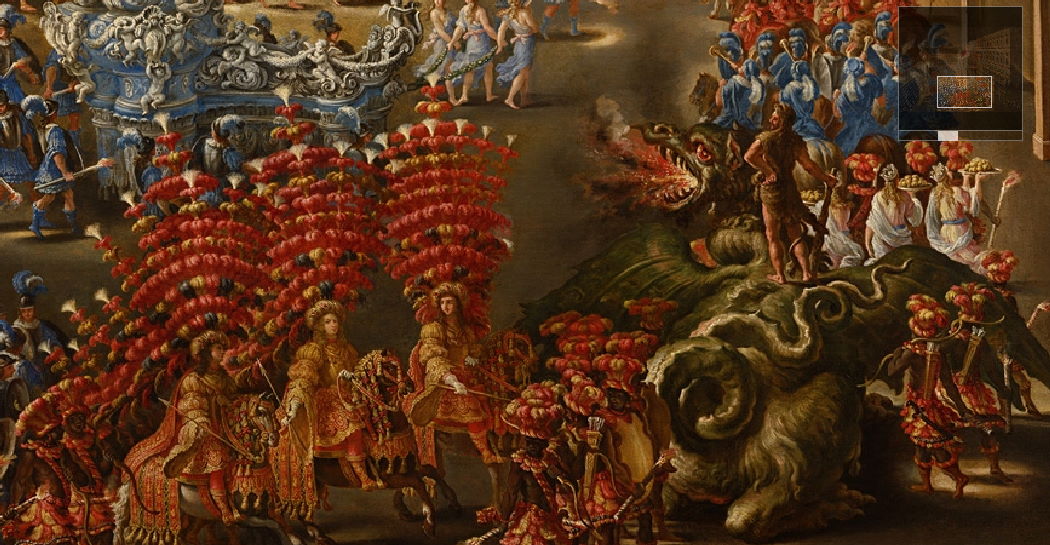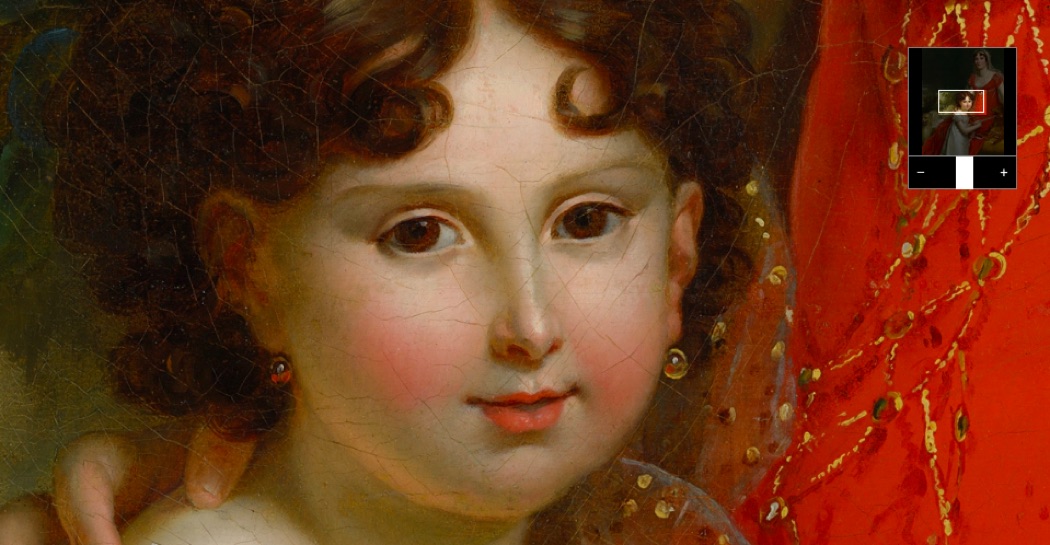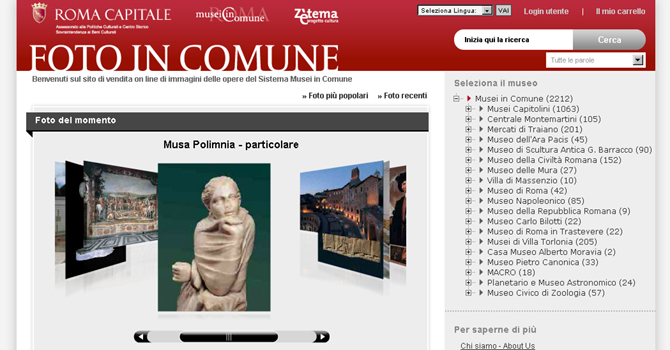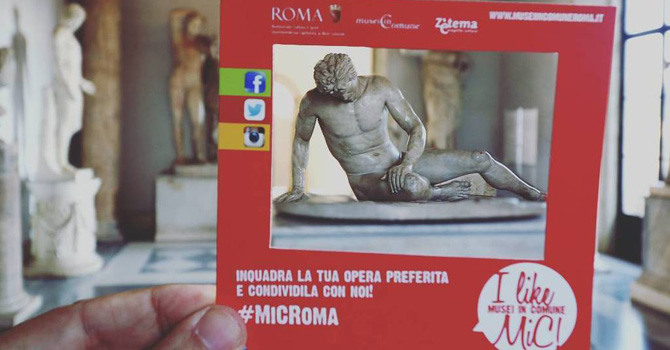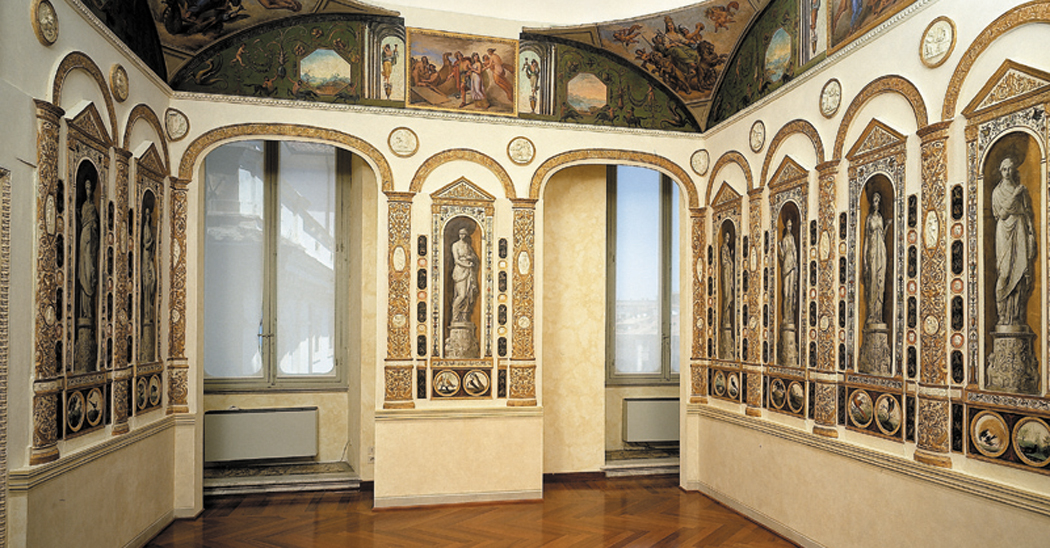The beginnings of photography
The new photographic technique, which was created in France in 1839 and developed in England simultaneously at the same time, rapidly caught on in Rome, where the views of the city were already very popular, especially among tourists and pilgrims. This new technique brought about a revolution in the production and popularisation of these pictures. In the 1860s, the photography of scenes and monuments was considered the direct heir of engraving and painting. It based its own techniques on both of these. From landscape painting, photography derived the iconography of ordinary subjects as well as the rules of composition and perspective. The presence of many talented photographers, who were highly familiar with daguerreotypes, collotypes, salted paper - and albumen prints, and the increasing demand for pictures of Roman scenes, gave birth to a flourishing market, before its time, for the reproduction and sale of photographs. The oldest part of the city photograph collection holds these early examples of photography in Rome in the years 1850 - 1860: some daguerreotypes, a series of collotypes, on which the master of the Holy Apostolic Palaces wrote the "publicetur"- the publishing licence needed because of Papal censorship - and the precious pictures, collotypes too, of the so-called "Roman School of Photography". This school attracted disciples of the "pensionnaires" of the French Academy who brought photography to Rome, such as Frédéric Flacheron and the photographers Giacomo Caneva, Eugene Constant o Alfred Nicolas Normand. The favourite subjects were still-lifes, such as landscapes or the works of art in museums, easier to take given the exposure times while portraits were less common. Most of the first photographers who worked in Rome had been painters. Among these were James Anderson, the progenitor of the famous photography dynasty, Tommaso Cuccioni, Robert MacPherson, Gioacchino Altobelli , Pompeo Molins and Ludovico Tuminello. The Archives preserve several albumen prints, loose or bound in albums, by these and other photographers. Among these prints there are precious reproductions, some very large - over a meter -famous for having been sent to the Universal Exhibitions of Paris (1859 and 1867), of London (1862) and of Dublin (1865), where the Roman photographers participated together with the most famous artists of that era.

































